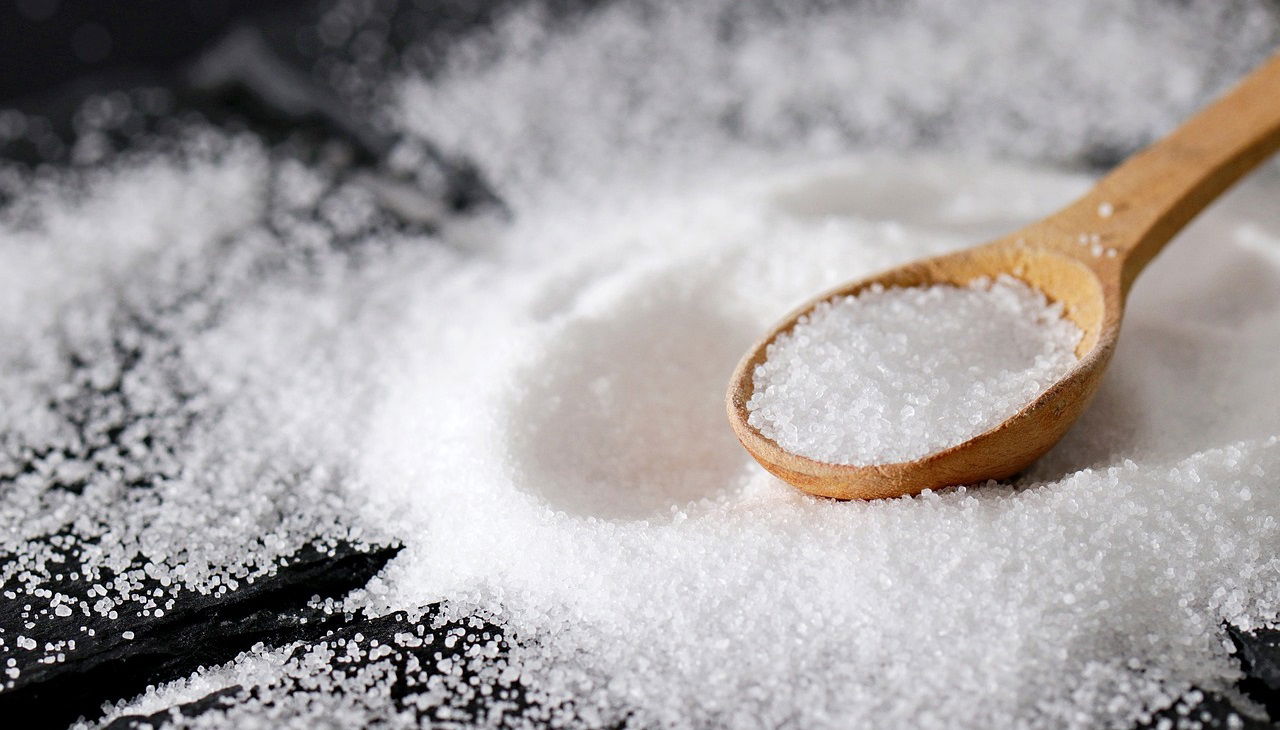
Salt and sugar are essential ingredients in every kitchen, cherished for their role in adding flavor and boosting metabolism with their rich sodium and glucose content. However, a worrying finding from a recent study indicates that these common condiments might contain dangerous microplastics.
Research conducted by Toxics Link, an environmental organization based in New Delhi, has found microplastics in all major brands of salt and sugar in India, both packaged and unpackaged. The study, titled "Microplastics in Salt and Sugar," examined 10 types of salt and 5 types of sugar sourced from online and local markets. The findings are shocking—microplastics were detected in every sample, with concentrations ranging from 6.71 to 89.15 pieces per kilogram.
Microplastics are tiny plastic particles less than 5 millimeters in diameter, formed by the breakdown of larger plastic debris or intentionally manufactured for use in products like cosmetics, cleaning agents, and industrial processes. These particles are now ubiquitous, found in oceans, rivers, soil, and the air we breathe. They come in forms like fibers, glitter, pellets, beads, films, and random-shaped fragments. Around 35 percent of all microplastics in the ocean come from synthetic textiles.
The study analyzed the type, shape, size, and color of microplastics present in the samples. The particles, primarily white, transparent, blue, red, black, and violet, ranged in size from 0.1 millimeters to 5 millimeters. While the research focused on microplastics, it did not examine nanoplastic particles, which are even smaller and potentially more hazardous.
The presence of microplastics in salt and sugar mirrors findings from similar studies conducted globally, including in China, Australia, and France. Microplastics have been detected in remote and pristine environments, such as the depths of the oceans and the peaks of Mount Everest, and have also been found in various living organisms, including humans.
The health implications of consuming microplastics are a growing concern. Although research is still developing, evidence suggests that microplastics may lead to long-term health issues. They are associated with cardiovascular problems, cancer, and other conditions, with the potential to impact future generations.
Microplastics can carry harmful chemicals such as bisphenol A (BPA), phthalates, and heavy metals, which may leach into the body and cause hormonal disruptions and reproductive issues. Additionally, they can induce inflammation and oxidative stress in tissues, potentially leading to chronic diseases, and may disrupt the gut microbiome, affecting digestion and immune function. Over time, microplastics can accumulate in organs, contributing to chronic health problems.
The Toxics Link study highlights the urgent need for action to address this issue. The researchers recommend improving manufacturing processes to reduce plastic use, enhancing regulation standards, promoting research and development, and increasing public awareness about the dangers of microplastics. As consumers, it is crucial to recognize the hidden risks in everyday products and advocate for safer, more sustainable practices in the food industry.
The discovery of microplastics in salt and sugar highlights that plastic pollution is not only an environmental issue but also a significant public health concern.

















